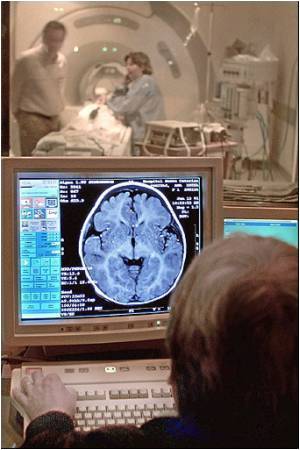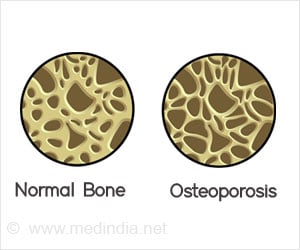Researchers have found that Medicare payments for non-invasive medical imaging, including magnetic resonance imaging (MRI) and computed tomography (CT) scans, are now higher to non-radiologists

Researchers looked at Medicare Part B files covering all fee-for-service physician payments for 1998 to 2008. They selected all codes for discretionary NDI. "We found that the growth in fee-for-service payments to non-radiologists for NDI was considerably more rapid than the growth for radiologists between 1998 and 2006," said Levin.
In 1998, overall Part B payments to radiologists for discretionary NDI were $2.563 billion, compared with $2.020 billion to non-radiologists. In 2008, non-radiologists received $4.807 billion for discretionary NDI, and radiologists received $4.648 billion.
"Our data reveal the somewhat surprising finding that non-radiologist physicians are now paid more for NDI by Medicare than radiologists. This has come about because of more rapid growth in fee-for-service payments to non-radiologists between 1998 and 2006, followed by steeper losses among radiologists after implementation of the DRA in 2007," he said.
"Because most imaging by non-radiologists is self-referred, whereas radiologists generally do not have the opportunity to self-refer, this should be of interest and concern to policy makers and payers," said Levin.
Source-Eurekalert










